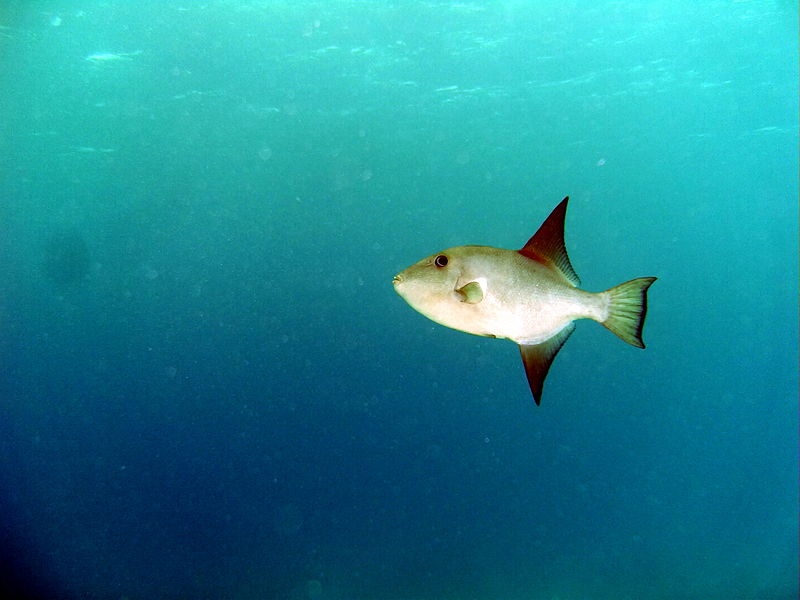
Photo credit: Greg Grimes
When I saw the Disney Oceans movie last year, I wondered, how did they get such great shots of so many species, especially those facing a bleak future? Well, this past weekend, I was wandering around Barnes & Noble and happened upon a book based on the movie titled, “Oceans, a National Geographic official companion book to the Disneynature motion picture” by Francois Sarano and Stephane Durand.
Flipping through it I came across a section that discussed the challenges in making the film and it turns out that getting shots of certain species was not easy at all. Here’s a great quote from the book, “Where can we still find giant groupers? Is there a sanctuary somewhere, where we can film monster sharks? Did the glorious swordfish only exist in Hemingway’s dreams? Over and over, the same challenges returned to haunt us throughout the making of Oceans.” (p.254)
Ah ha, so it wasn’t that easy. This was one of my frustrations with the movie, it didn’t really give any big picture perspective on the animals featured in the film. It’s great to give people a chance to see the wonders of the ocean on the big screen, but it seems like a disservice to present amazing footage that leaves audiences with the impression everything going on in the oceans is just fine and dandy. (The movie did have some information on runoff pollution, but not much.)
If you still haven’t seen the movie and are an ocean fan, definitely see it, just remember there is a much darker aspect to our oceans that isn’t covered. And on that note, I leave you with this quote from the book that tells the real story, “The big fish have disappeared, decimated by a fishing industry that doesn’t allow fish to get old–and therefore to grow large. Landing statistics are clear as day: Over the past 50 years, 90 percent of the big adult individuals have disappeared, victims of overfishing. No wonder it was so difficult for us to seek out the large predators that divers used to find everywhere they went.” (p 254)
Love this flick. I know all about patience and the difficulty in getting the ‘jaw-dropping’ shots. Try watching the BBC / David Attenborough wildlife series like Life, Planet Earth and Human Planet. They show you behind the scenes footage on how much time and effort it takes to shoot just a few minutes of usable film. I didn’t complain after I saw what these guys have to go through.
Obviously you morons can’t tell the difference between real and animated add ons. where can you find a thousand dolphins in one screen? Right at the beginning